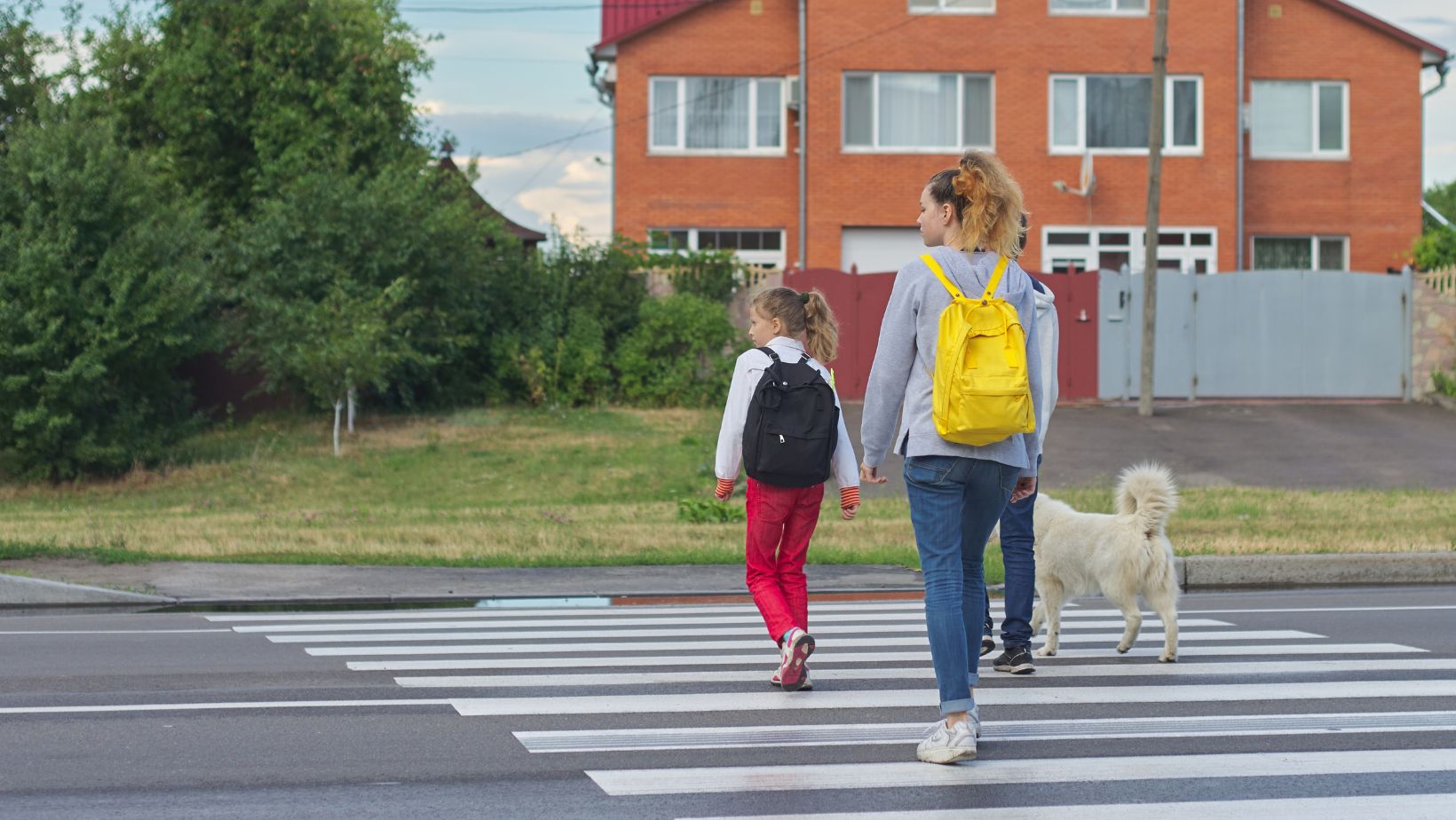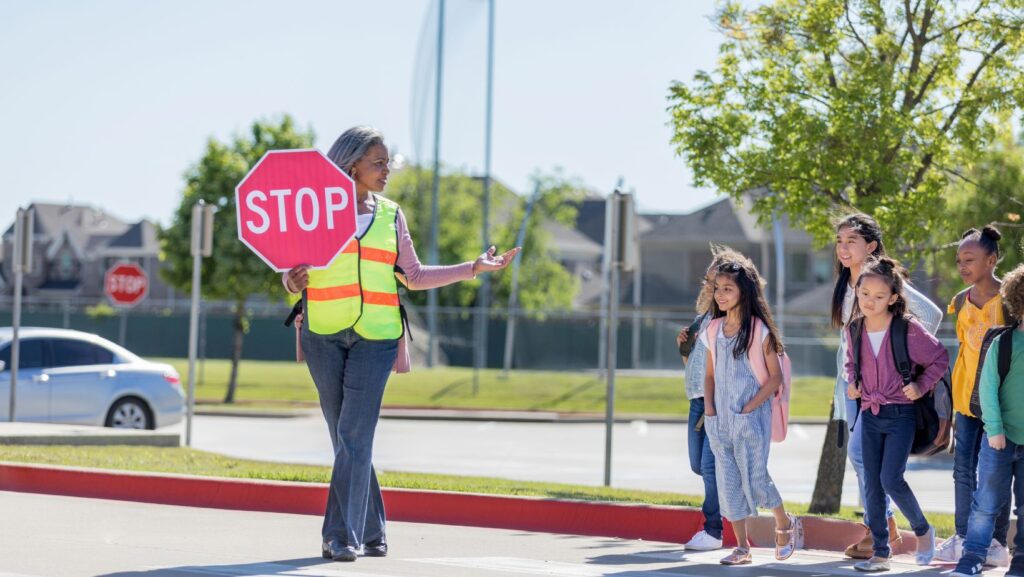Crosswalk safety is an essential skill that every child should learn from a young age. With more vehicles on the road, it’s increasingly important for children to understand the fundamentals of crossing safely and to recognize the signals that help guide their actions. Teaching children how to use crosswalks properly not only reduces the risk of accidents but also empowers them to navigate public spaces with confidence. By instilling these habits early on, parents and caregivers can give children the skills they need to cross streets safely, even when adults are not around.
While children learn many skills from observing adults, crosswalk safety is one area where direct, clear instruction is crucial. From identifying traffic signals to practicing safe crossing habits, there are various components to address when teaching road safety to kids.
Recognizing Traffic Signals and Crosswalk Markings
The first step in teaching crosswalk safety is helping children recognize and understand traffic signals and crosswalk markings. These signals, such as the walk and don’t-walk indicators, guide pedestrians on when to cross safely. Explaining these signals and why they are important encourages children to pay attention to their surroundings and follow visual cues.
Crosswalk markings also play a key role in pedestrian safety. Teach children to only cross within the designated areas, as these zones are visible to drivers and indicate where pedestrians are expected. Understanding both signals and markings helps children build a foundation for safe crossing habits, making them more visible and predictable to drivers.
Understanding the Importance of Waiting for the Walk Signal
One critical concept for children to grasp is the importance of waiting for the walk signal before crossing. Rushing across a street without this signal can lead to dangerous situations, as drivers may not anticipate pedestrians. Emphasize that even if there is no car in sight, waiting for the signal ensures that they are crossing at a safe time.
Encourage children to take their time and wait for the walk signal, teaching them patience and reinforcing that safety comes before convenience. By establishing this habit early on, children are more likely to develop a routine of checking for signals before crossing, making it second nature as they grow older.
Looking Both Ways: Reinforcing a Simple, Lifesaving Habit
Looking both ways is one of the simplest and most effective habits for crosswalk safety. Teach children to look left, right, and then left again before stepping into the crosswalk. This habit helps them confirm that there are no approaching vehicles from either direction, reducing the likelihood of a collision.
Make this a consistent practice by modeling it every time you cross with your child. Repetition reinforces the importance of this action, helping them remember it even when they are in a hurry. Looking both ways should become automatic, adding an extra layer of protection for children crossing roads.
Making Eye Contact with Drivers
Another key safety habit is teaching children to make eye contact with drivers before stepping into the crosswalk. Making eye contact ensures that the driver has seen them and is aware that they intend to cross. This habit is especially important at busy intersections where drivers may be distracted or not expecting pedestrians.

If an accident occurs despite these precautions, seeking guidance from a Greeley pedestrian accident attorney can provide valuable support and help navigate the complexities of the situation.
By encouraging children to establish this non-verbal communication, you’re helping them take an active role in their safety. Remind them that even if the crosswalk signal indicates it’s safe to go, confirming that drivers are aware of their presence adds an extra layer of security.
Crossing Quickly and Carefully
Once children have confirmed it’s safe to cross, it’s essential to teach them to do so quickly and carefully. Moving steadily and paying attention to their surroundings while crossing helps prevent accidents and ensures they reach the other side safely. Remind them not to linger or run, as rushing can cause them to trip or lose balance.
Crossing quickly but with caution shows children how to navigate crosswalks responsibly. Reinforcing this habit will help children feel more comfortable in high-traffic areas, giving them the skills they need to safely and confidently cross any street.
Avoiding Distractions While Crossing
Distractions like mobile devices, headphones, or even chatting with friends can lead to dangerous situations in crosswalks. Teach children that they should be focused solely on crossing the street when in a crosswalk. By putting away phones and keeping their heads up, they’re able to monitor the surroundings and respond to any unexpected changes in traffic.
Encourage children to understand that crosswalks require their full attention and that staying alert is crucial for their safety. This awareness helps children establish a focused mindset that will benefit them as they grow older and face more complex traffic scenarios.
Practicing Safe Crosswalk Habits with Role-Playing
Role-playing is an effective way to reinforce crosswalk safety by creating hands-on learning experiences for children. Set up a mock crosswalk area or visit a quiet neighborhood street to practice crossing together.

By simulating different scenarios, children can learn how to react and practice skills like looking both ways and making eye contact with drivers.
Role-playing allows you to guide children through potential challenges they may encounter, giving them the tools to make smart decisions in real-life situations. Practicing in a controlled environment builds their confidence, making them more prepared to handle busy crosswalks on their own.
Teaching Responsibility: Crosswalk Safety as a Lifelong Skill
Crosswalk safety is more than just a lesson for children—it’s a lifelong skill that will keep them safe as pedestrians. Explain to children that they are responsible for their safety at crosswalks and that following these guidelines will protect them. Reinforce that while adults may be there to help now, they’ll eventually need to use these skills on their own.
Encouraging this sense of responsibility helps children see crosswalk safety as something important that they can control. By framing it as a skill they will always need, you empower them to be cautious, independent pedestrians for years.
